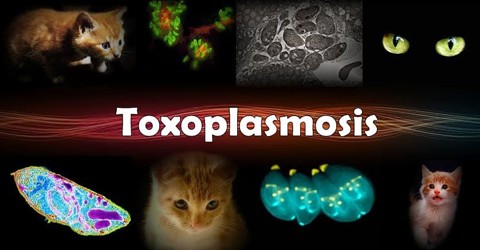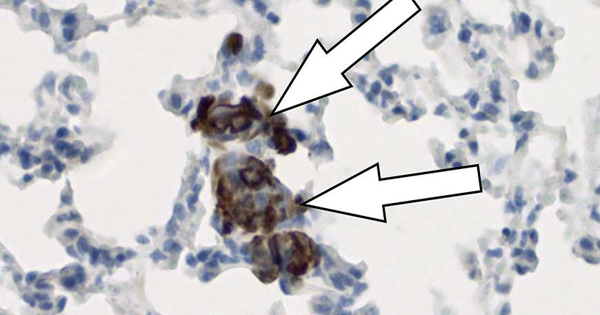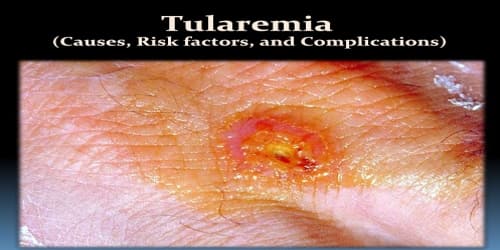Toxoplasmosis
Defnition
Toxoplasmosis infection with or disease caused by a sporozoan of the genus Toxoplasma (T. gondii) that invades the tissues and may seriously damage the central nervous system especially of infants. The parasite Toxoplasma gondii is very common but few are aware of it because the immune system often keeps the parasite from causing illness. It can be found in cat feces and undercooked meat, especially venison, lamb, and pork. It can also be transmitted through contaminated water. Toxoplasmosis can be deadly or cause serious birth defects for a fetus if the mother becomes infected. This is why doctors recommend against pregnant woman scooping or cleaning cat litter boxes.
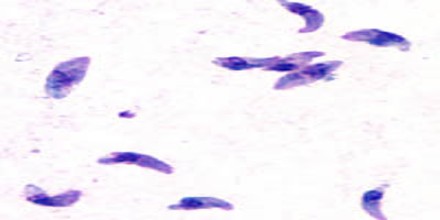
Humans can also become infected when they come into contact with the T. gondii eggs while cleaning a cat’s litterbox, gardening, or playing in a sandbox, for instance. Once infected, an individual is immune to reinfection. The incubation period or period between infection and the start of the disease ranges from several days to months.
Anyone can be infected by T. gondii, but usually only those individuals with weakened immune systems (immunocompromised) develop symptoms of the disease. For them, toxoplasmosis can be severe, debilitating, and fatal. Immunocompromised individuals at risk include those with AIDS, cancer, or other chronic illnesses.
The following situations potentially expose a person to the Toxoplasma parasite and increase the risk of acquiring toxoplasmosis:
- Touching peoples hands to their mouth after gardening, cleaning a cat’s litter box, or anything that came into contact with cat feces
- Eating raw or partly cooked meat, especially pork, lamb, or venison
- Using utensils or cutting boards that have not been properly cleaned after they have had contact with raw meat
- Drinking raw goat’s milk
- Touching peoples hands to their mouth after contact with raw or undercooked meat
- Organ transplantation or transfusion (this is rare)

Causes, Sign and Symptoms of Toxoplasmosis
Toxoplasmosis is caused by a one-celled protozoan parasite known as Toxoplasm a gondii. Cats, the primary carriers of the organism, become infected by eating rodents and birds infected with the organism. Once ingested, the organism reproduces in the intestines of cats, producing millions of eggs known as oocysts, which are excreted in cat feces daily for approximately two weeks. Most people who’ve been infected with the parasite that causes toxoplasmosis show no signs or symptoms.
People who develop symptoms may experience:
- Fever
- Swollen lymph nodes, especially in the neck
- Headache
- Muscle aches and pains
- Sore throat
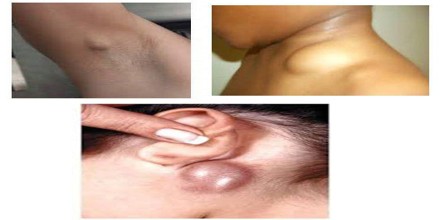
These symptoms can last for a month or more and usually resolve on their own. It is especially serious for people who have weakened immune systems. For these people, they’re at risk of developing:
- Brain inflammation, causing headaches, seizures, confusion and coma.
- A lung infection, causing cough, fever, and shortness of breath
- An eye infection, causing blurry vision and eye pain
Diagnosis, Treatment and Prevention
A toxoplasmosis blood test checks for the presence of Toxoplasma gondii in the blood. The results can determine if the patient has had toxo and whether the infection is recent (“acute”) or not. Most healthy people who develop an infection don’t have any symptoms or develop mild symptoms that are self-limited.
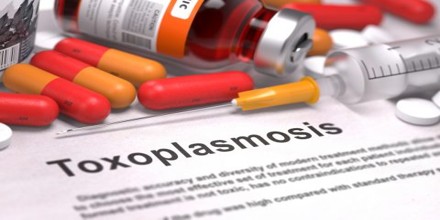
If the disease is severe, is persistent, involves the eyes, or involves the internal organs, your doctor will typically prescribe pyrimethamine (Daraprim) and sulfadiazine. Pyrimethamine is also used to treat malaria. Sulfadiazine is an antibiotic. If anyone has HIV or AIDS, they may need to continue these medications for life. Pyrimethamine decreases their levels of folic acid, which is a type of B vitamin. Treatment during pregnancy is somewhat different. An antibiotic called spiramycin is generally recommended in the first and early second trimester. A combination of pyrimethamine/sulfadiazine and leucovorin is generally used during the late second and third trimesters. Humans can reduce their risks of developing toxoplasmosis by practicing the following:

- Freezing (to 10.4°F/−12°C) and cooking foods to an internal temperature of 152°F/67°C will kill the cyst
- Practicing sanitary kitchen techniques, such as washing utensils and cutting boards that come into contact with raw meat
- Keeping pregnant women and children away from household cats and cat litter
- Disposing of cat feces daily, because the oocysts do not become infective until after 24 hours
- Helping cats to remain free of infection by feeding them dry, canned, or boiled food and by discouraging hunting and scavenging
- Washing hands after outdoor activities involving soil contact and wearing gloves when gardening
